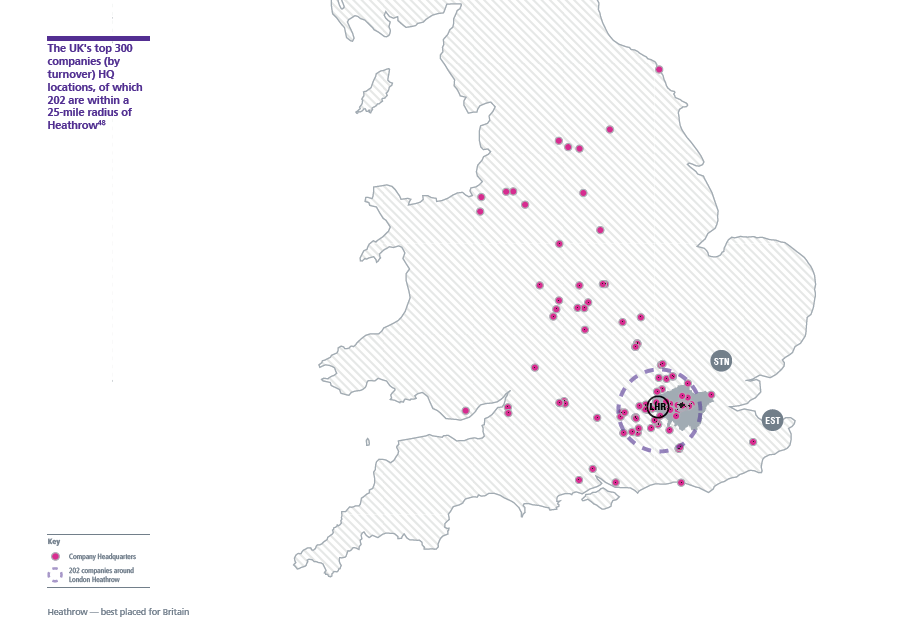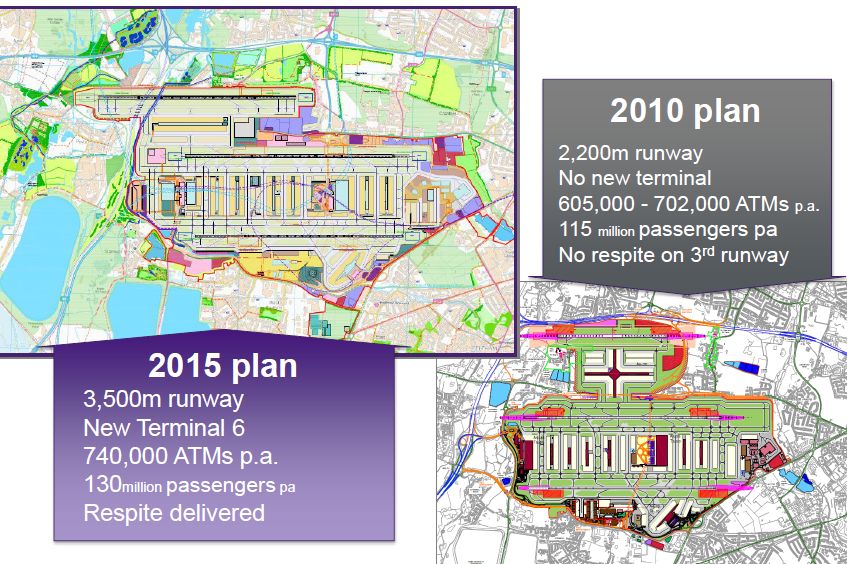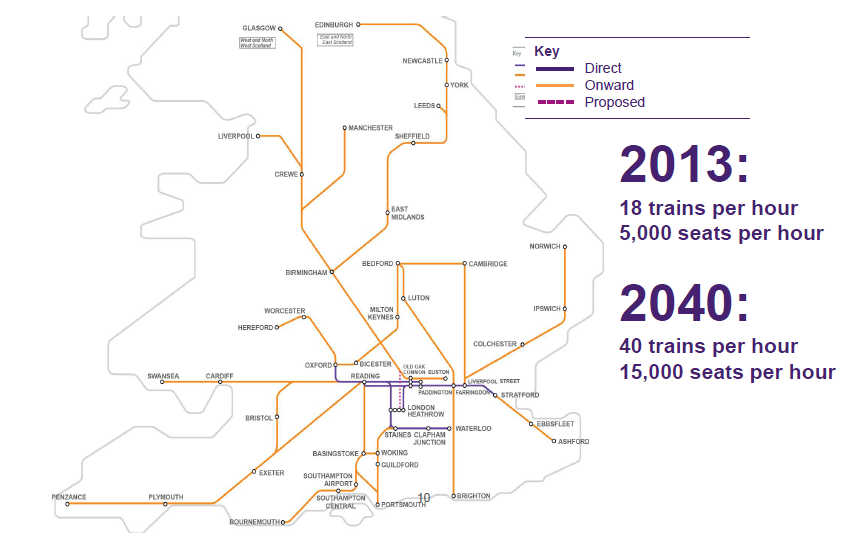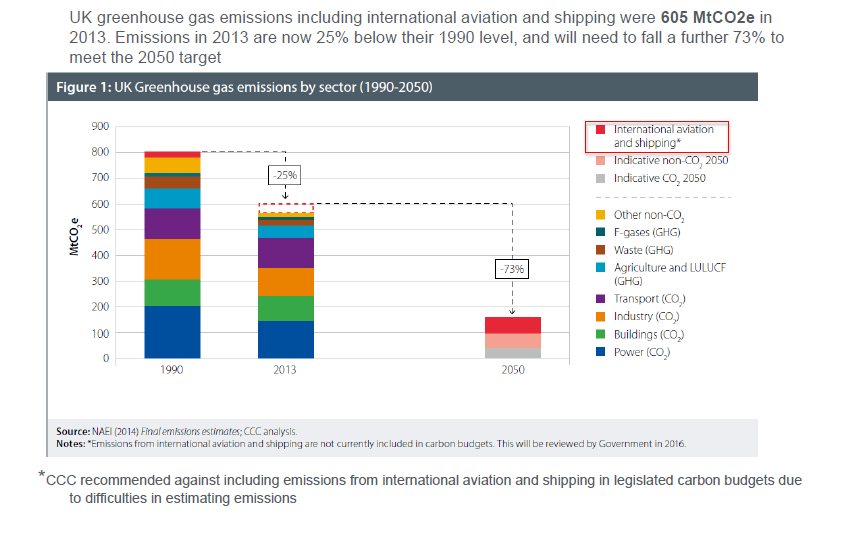In January 2009 as the last financial crisis swirled around us I was leading Public Affairs at Business in the Community. Sam Mercer, who was also then at BITC, and I authored an advice note on ‘Responsibility in a recession: Checklist for restructuring and downsizing’. In this blog post I have dusted it off and reframed it for businesses grappling with the much faster pace that the coronavirus is unfolding in the real economy. For some businesses Government support has simply not come fast enough.
Businesses are currently operating in extremely difficult circumstances facing intense pressure on cash flow as demand for many goods and services dries up, while ease of access to short term funding relief from banks with vary depending on size and type of business. Redundancy and restructuring, including the closure of operations, are becoming a necessity as some organisations are forced to reduce overheads in order to survive.
The coronavirus crisis is of exceptional speed and severity of impact, but vital lessons learnt in previous downturns (notably here the 2008/9 financial crisis) around issues of trust, reputation and organisational knowledge must not be forgotten. This blog post offers ways to reduce your headcount and restructure in ways that minimise the negative impact to individuals and communities, and which ultimately pay dividends to your organisation.
These ideas and best practice should provide a timely reminder that business leaders do have options over the way that we restructure and downsize, and making changes with care and respect for the individuals and communities involved is an investment that will protect your business today, and place you in a better position for the future when we get to the other side of the coronavirus crisis.
“If an organisation can do the right thing during a lay-off, it will reap the rewards for years to come with all of its stakeholders.”
David Gebler
Good practice requires objectivity, lateral and innovative thinking and, above all, planned and considered communication. Important when times are good, communication is essential when times are bad. Key considerations are set out at the end of the briefing note in a useful checklist.
Why responsibility pays
The business benefits of responsibility are well evidenced in terms of increased market share, loyalty, customer attraction and retention, employee engagement and productivity.
Countless studies show that responsible business practices deliver direct cost benefits and improved financial performance. A good reputation earned with customers, employees, local communities and voluntary sector groups when times are good, can be lost rapidly if a business loses focus on its values when times are bad. Critically, a hard-fought reputation either with employees, customers or community stakeholders, once lost is extremely difficult to regain when the economic situation improves.
CASE STUDY: SABATICALS
During the 2008/9 financial crisis Permanent tsb offered staff up to €35,000 to take a 2-3 year career break/sabbatical. Other organisations offered employees partly paid sabbaticals and/or a shorter working week.
CASE STUDY: RE-NEGOTIATING PAY & CONDITIONS WITH EMPLOYEES
JCB entered into negotiations with its staff where employees accepted a pay cut of £50 per week to try to avoid redundancies. Despite this approach, significant job losses subsequently occurred.
The promotion of diversity and inclusion provides a great example. If unintentionally women, ethnic minorities, older or disabled employees are more adversely affected by a redundancy programme, when an employer has previously argued it makes business sense to have people with different backgrounds in the business, it can be impossible to regain the trust and commitment of these groups of employees. This also reduces remaining employees’ commitment to the policy in future as it calls into question the credibility of an employer’s business arguments to promote diversity. Organisations must be consistent. If it makes business sense in a time of economic growth, it must make even more sense when times are tough.
How your organisation behaves during the coronavirus crisis is critical – irrespective of the choices it finally makes. Transparency, honesty, integrity, openness, keeping staff, suppliers and local communities fully informed and consulted, clearly explaining actions to customers and community representatives are all cornerstones of Corporate Responsibility & Sustainability and during this crisis they continue to be vitally important.
Alternatives to redundancy
Explore every possible alternative to redundancy as it does not always reduce costs and retaining skilled employees is essential for survival and speedy recovery. While redundancy cuts the salary bill it does not always result in savings; in a recent case shared by an employer a press officer was made redundant and the business then had to increase the amount it paid to its PR agency in order for someone else to provide press office facilities. Organisations often underestimate the costs of losing talent, breaking employee trust and motivation, increased stress, damage to their employer brand and the costs of recruiting when conditions improve.
You may choose to explore alternative options such as:
Redeployment
Placing employees with another employer on a temporary basis.
Temporary reduction of hours
Reducing hours for reduced pay following consultation with employees.
Part-time working/Job redesign
Extending part-time/flexible working opportunities (employees may embrace the option to improve their work-life balance).
Paid or part paid sabbaticals
Career breaks (can be attractive to people who have not taken time off for themselves since university or school). Offering continued contributions to employee pension funds can make this a more attractive offer to employees.
Contracted back services
Buying back former employees’ time for specific pieces of work but leaving them free to pursue other opportunities (requires an agreed change in contract or a consultancy arrangement).
CASE STUDIES: CONTRACTED BACK SERVICES
Over Christmas 2008 Michelin asked their staff to take extended leave to prevent a tyre stockpile situation escalating, thereby reducing costs. Honda, Jaguar Land Rover and other manufacturers took similar steps.
CASE STUDY: INDESIT – INCENTIVISING RAPID TRANSITIONS TO ALTERNATIVE EMPLOYMENT
Indesit Company (Turin, Italy) offered incentives to other local organisations to employ workers that it was forced to make redundant on an indefinite term contract basis. Such incentives were inversely proportional to employees’ grades.
CASE STUDY: GENERAL MOTORS – DISCUSSING ALTERNATIVES WITH THE UNIONS
Vauxhall parent company General Motors approached unions at their plant in Ellesmere Port. They explored whether staff would stay away from work for up to nine months between January and September 2009 on less than a third of their basic salaries. The ‘sabbaticals’ were seen as providing a means of ensuring that skilled staff were retained long term, but that this short-term solution could address immediate production challenges.
Planning and implementing restructuring and downsizing with care and respect
When redundancy is the only viable option:
- Understand the legal requirements
Make sure from the outset that you are fully aware and understand your legal obligations. The following websites provide useful guidance, but it is also sensible to seek specialist advice:
- Employment law: https://www.gov.uk/browse/employing-people
- Advice on making staff redundant: https://www.gov.uk/staff-redundant
Email Elliott Parker if you need an introduction to an HR advisor or lawyer that is a member of West London Business.
2. Go over and above the legal requirements
Early and ongoing communication is absolutely vital, as are appropriate redundancy packages, selection procedures of redundancy candidates and execution of any redundancy programme. Organisations can protect their reputation by investing in the ‘soft’ elements around redundancy (up-skilling, training, employee volunteering opportunities (this also supports community investment activity), job search support, mentoring). Refer to the checklist below for further guidance.
Checklist for responsible restructuring and downsizing
Ensure you…
- Understand legal requirements – See links above. Then consider where you can go over and above the legal requirements to protect long term business value.
- Treat employees affected by downsizing with respect and dignity – Both those exiting and those staying with the organisation; Policies are perceived to be fair to surviving as well as departing employees.
- Involve and listen to colleagues and share information – Most criticism around redundancy (and exit from a community) comes from poor communications and a perception that not all information is being shared. Trade unions, staff associations, employee networks etc should all be informed and involved.
CASE STUDY: EDF ENERGY – IMPROVING EMPLOYEES’ EMOTIONAL RESILIENCE IN PERIODS OF STRESS
Redundancy and downsizing induces great stress on both departing and remaining employees. EDF Energy operates an Employee Support Programme (ESP) which provides fast access treatment and advice for mental health difficulties. This programme has resulted in financial and morale benefits, and reduced the scale of ill health.
CASE STUDY: BOOTS – Up-SKILLING EMPLOYEES
Using Skills for Life provision in a variety of contexts to support the business through a sustained period of change and restructuring. Review Resilience First’s guide to Emotional Resilience for business when preparing for, and recovering from, major incidents.
- ‘Over’ communicate before, after and during a redundancy programme – Ensure top management is visible and openly supportive of changes. Wherever possible, ensure announcements of job losses are communicated internally before being released to the media. Examples of employees learning of cut-backs in the media have proven very bad for engagement and morale.
- Consider all stakeholders affected by downsizing – Not only employees will be affected. Suppliers, from local shops to transport providers, will all be affected. Advance planning, consultation and communication with all stakeholders – local community groups, politicians, government agencies and the media is good practice.
- Provide support for both departing and retained employees – Offering job search support, stress/wellbeing programmes, employee volunteering opportunities and developing skills for those leaving and left behind is critical both to increasing individual employability and wellbeing. It also ensures organisations are in a position to recover rapidly when the economy improves. Do not forget, redundancies also impact negatively on the morale of those employees that are left – often facing increased workloads and continued job insecurity.
- Support and work closely with managers – Managers require additional support, advice and guidance during any downsizing exercise – particularly where their own jobs may be at risk. They may also need support in considering the impact redundancy, including changes in terms and conditions, will have on an individual and the wider business.
- Maintain a diverse workforce – Both in a voluntary and compulsory redundancy situation there is a risk that different employee groups (women, older, disabled) are disproportionately affected – this must be carefully monitored.
- Manage the environmental and community impacts of any facility closures.
- Actively manage your talent pipeline – Wherever possible try to maintain contact with skilled and valuable staff – they may be needed in the future. This is a key lesson learned from previous recessions. Stopping graduate schemes, not taking advantage of options like sabbaticals could leave employers with gaps in their talent pipeline that delays recovery.
CASE STUDY: WOOLWORTHS – WORKING WITH PARTNERS TO REDEPLOY STAFF
Woolworths worked with Usdaw, Job Centre Plus and Nextsteps to ask companies purchasing Woolworths’ premises to take on outgoing Woolworth staff.
Getting the scale of your approach right
The size of an organisation impacts on the number of people affected by redundancy programmes and the community impact, and therefore the scale of response required.
In remote areas, where there may be only one major employer, closing down a facility will have a much greater and more negative impact, and means planning and investment is even more critical. But any employer – irrespective of size – can adopt a responsible approach.
Values-based decision making applies whether you are cutting one job or making thousands redundant and closing down an operation.
How West London Business is supporting our members during the crisis
My team know that our work with businesses and our West London community has rarely been more important and we are working to focus our capacity where it is needed most to provide businesses with flexible and responsive support during the coronavirus crisis.
Visit our coronavirus resource on westlondon.com for links to the best advice we can find on everything from HR, to Finance to sector specific responses. If we have missed something e-mail Pim Ungphakorn and we will help share it with the wider business community.
Andrew Dakers is CEO of West London Business and a Fellow of the Institute for Corporate Responsibility and Sustainability.













